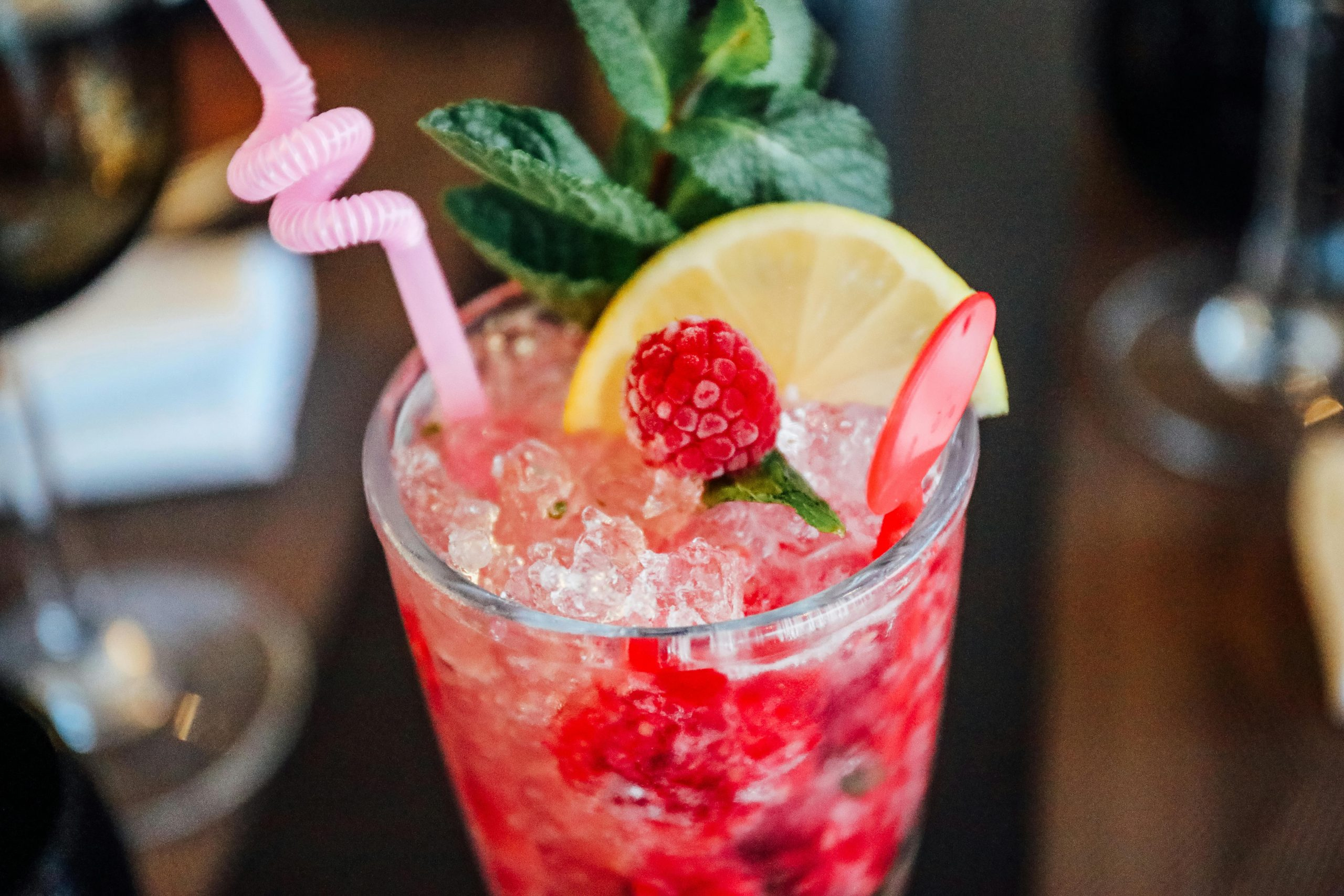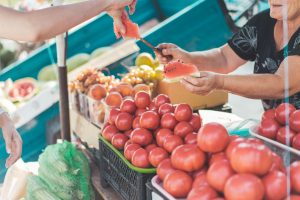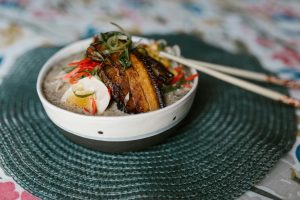Food Photography Evolution: From Daguerreotypes to Digital Storytelling
Food photography has become an integral part of our modern culture, from Instagram feeds to food blogs, we are constantly inundated with stunning and mouthwatering images of food. However, this was not always the case. The evolution of food photography has gone through numerous changes, from its humble beginnings with daguerreotypes to the modern era of digital storytelling. In this article, we will take a closer look at the fascinating journey of food photography and how it has evolved over the years.
The Birth of Food Photography with Daguerreotypes
The earliest form of photography, known as daguerreotypes, was invented in 1839 by French photographer Louis Daguerre. This photographic technique involved exposing an iodized silver-coated copper plate to light, which would form a direct positive image. This method of taking photos was primarily used for portraits, landscapes, and buildings, but food photography was not far behind.
In 1840, Parisian chef and painter, Adolphe Braun, started working with daguerreotypes and was one of the first to capture images of food. He showcased his food photography in a book titled “Dix Planches de Photographie,” which featured French cuisine beautifully displayed on porcelain and silver platters. This early form of food photography was used to document and capture beautiful meals, and it was mostly seen as an art form rather than a marketing tool.
The Rise of Commercial Food Photography
For decades, food photography remained a niche art form, but it was not until the late 19th century that it started to gain commercial value. In the 1880s, newspapers and magazines started using food photography as a way to entice readers and promote various products. The first commercial food photo was an advertisement for Quaker Oats in 1886, which featured a bowl of oatmeal and a warm, inviting kitchen setting.
As the advertising industry continued to grow, so did the demand for food photography. In the early 1900s, companies like Campbell’s Soup and Kellogg’s started using innovative techniques to promote their products. By the 1930s, food photography became a prevalent marketing tool for various industries, such as restaurants, cookbooks, and food packaging. This era also saw the beginning of food styling, where photographers would use food additives to make food look more appetizing in photos.
The Digital Revolution and the Rise of Food Blogging
The introduction of digital cameras in the 1990s brought a significant change to food photography. With the ability to instantly preview and edit photos, take multiple shots, and manipulate colors and lighting, digital photography revolutionized the industry. Food photographers could now capture stunning and crisp images that were impossible to achieve with traditional film cameras.
It was also during this time that the internet started to gain popularity, and food blogging became a significant trend. Food bloggers used their websites and social media platforms to share visually appealing recipes along with their own food photography. With the rise of photo-editing software and mobile phones with high-quality cameras, food blogging became accessible to everyone, and it completely transformed how we see and interact with food.
Digital Storytelling: The Next Frontier of Food Photography
In recent years, food photography has shifted from just showcasing food to telling a story. With social media platforms like Instagram, photographers are now using food as a medium to evoke emotions and convey a message. Digital storytelling has given food photography a new dimension, where it is used to share a story behind a recipe, a specific culture, or a particular way of life.
With the rise of influencers and food bloggers, food photography has become a powerful marketing tool for businesses. Brands now understand the importance of visually appealing images to engage and connect with their audiences. They are collaborating with professional food photographers to capture stunning photos that reflect their brand image and tell a captivating story.
In Conclusion
From its inception with daguerreotypes to modern digital storytelling, food photography has come a long way. It has evolved from a niche art form to a crucial marketing tool, shaping how we see and interact with food. As technology continues to advance, we can only imagine how food photography will evolve and where it will take us next.
So the next time you see a mouthwatering photo of food, take a moment to appreciate the journey food photography has gone through. Who knows, you might even be inspired to take your own food photos and join the ever-growing community of food photography enthusiasts.








